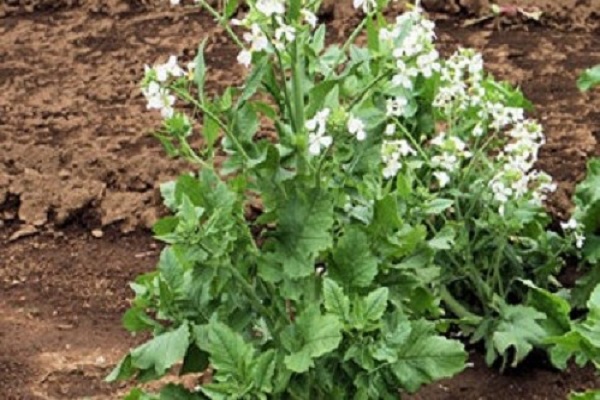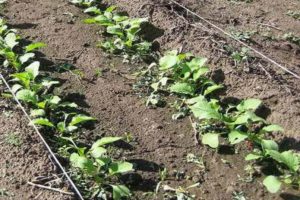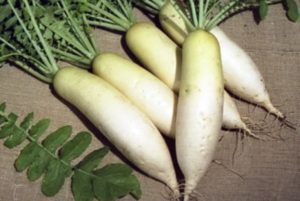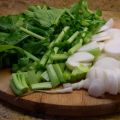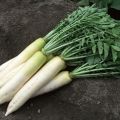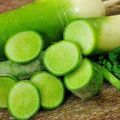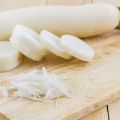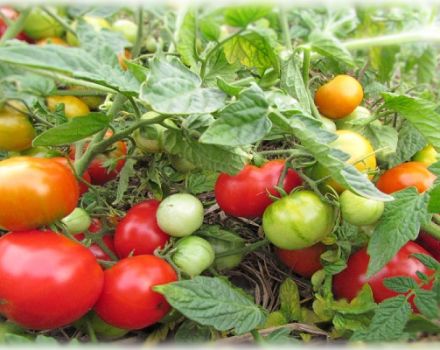When and how to sow oil radish as a siderat
To get a good harvest, the soil requires constant feeding and fertilization. Experienced gardeners prefer natural ingredients. The use of oil radish as a green manure has many benefits. Green fertilizers nourish the soil and increase yields without any negative impact on your garden crops.
The main beneficial properties of the plant
The long root system of the oil radish lifts up nutrients from the lower soil layers. The plant is successfully used in many industries: cosmetology, pharmacology, cooking, biofuel production. The description of the culture makes it clear the difference between common radish and oilseed. The latter does not produce root crops. Its value lies in the abundant growth of greenery in cold weather.
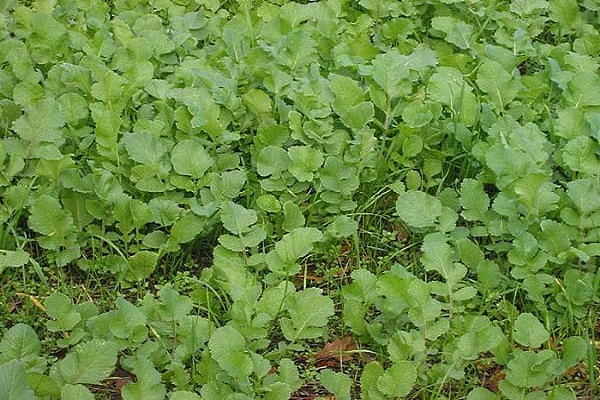
The essential oils contained in the plant repel various insects and pests. Improves habitat for worms and suppresses nematodes. In addition, oil radish fights weeds, including wheatgrass, which is considered the strongest weeds.
Oil radish satisfies all the requirements that gardeners have for green manure crops. Its advantage lies in a large amount of vegetative mass, resistance to cold, thickening and low-quality soil.
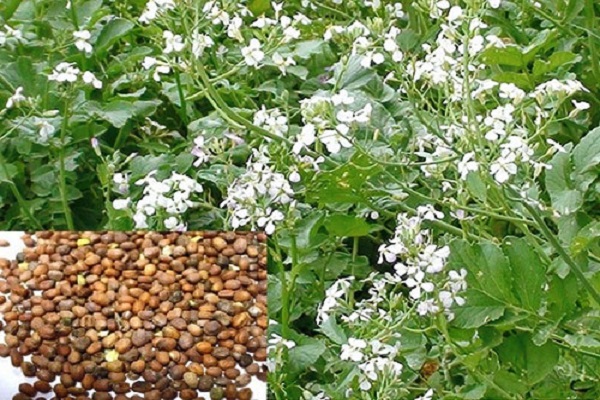
Like a siderat
Shrovetide radish are trying to be planted for the winter. It traps snow, as a result of which the soil freezes less and moisture accumulates in it. The use of the crop protects the soil from erosion. This is the most effective remedy in the fall and spring. As a fertilizer, radish saturates the soil with potassium, nitrogen, phosphorus. It loosens the soil and improves its structure even in the deepest layers.
As a siderat, radish is used for almost all crops. The exception is the cruciferous family (radish, cabbage, radish and others).

Like a honey plant
Not everyone knows that Shrovetide radish is recognized as a honey crop. It secretes nectar at cool temperatures, and its flowering period lasts up to 1 month. The collection of honey is carried out in early spring and after the flowering of other melliferous crops (mid-summer). The honey of this culture is valued for its medicinal properties and strong aroma. Despite this, it is not recommended to leave rare honey in the combs for the winter. This is due to its rapid crystallization.
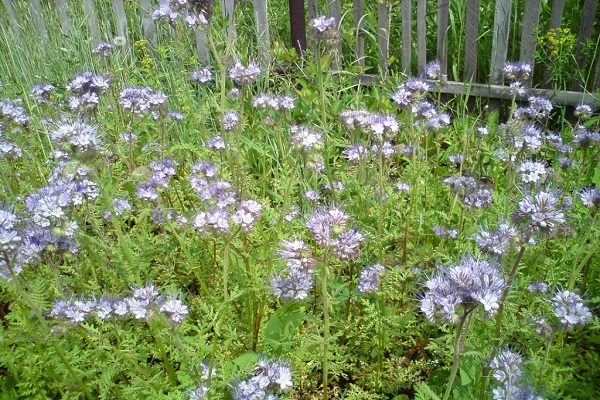
As a fodder crop
The value of the oil radish is that it ripens quickly and gives a high yield. The formation period is 45 days on average. The greens of the culture are used for cooking grass flour, silage, haylage. It also goes into livestock feed.At the 3-4 leaf stage, radish is effectively used as an additive to corn.
In terms of the amount of nutrients, the culture is equal to alfalfa, clover, and compound feed. It is cultivated for grazing animals in late autumn. The culture can withstand frosts down to -4 degrees.
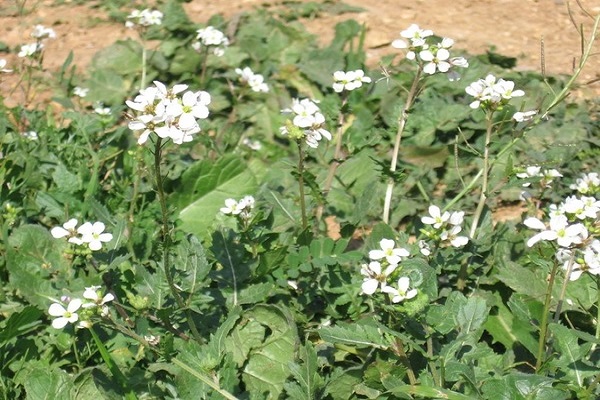
Cultivation technology as green manure
Due to its high yield, the radish grows up to 3 times in 1 season. It is one of the best plants for soil protection in autumn and spring. Essential oils contained in the culture destroy harmful microorganisms: fungi, nematodes, bacteria.
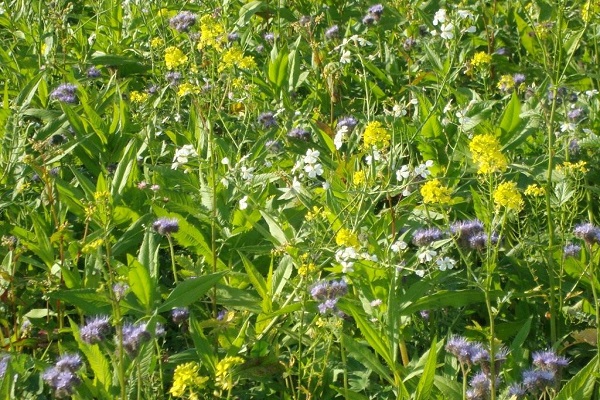
Seed preparation
The seeds of the culture germinate well in clay, sandy loam and drained soils. The slightly acidic soil is also suitable for growing. Oil radish is characterized by good germination and unpretentiousness to care, so the seeds do not need preliminary preparation.
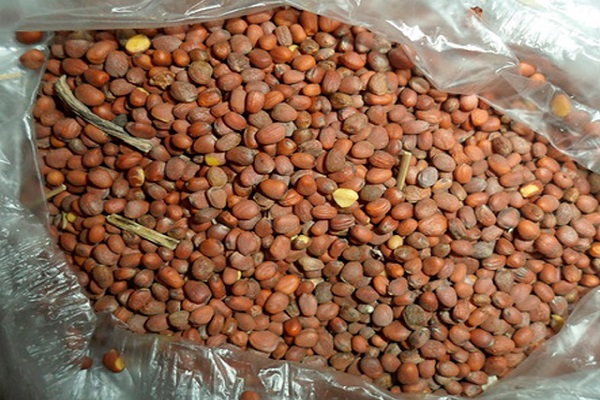
When to plant?
Sowing seeds is carried out from April to mid-September, it all depends on the tasks. The highest yield has been observed since the April planting.
Note! The later the seeds are planted, the more they are required. If sowing is done after mid-August, their number doubles. This is due to the fact that autumn plant growth slows down.
If the radish is used as a green manure, it is left until the first frost appears.
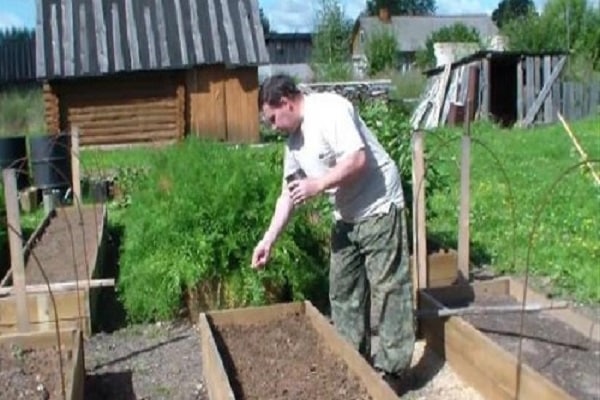
Soil preparation
Before planting siderates, it is not necessary to dig up the soil. Most gardeners use a Fokine flat cutter or a regular glanders. You can loosen the soil both before and after planting seeds.

How to sow?
It is optimal to plant seeds 2-3 cm deep. 10 sq. m, about 40 g of seeds are taken. As already mentioned, later sowing requires a twofold increase.
It is better to mix the seeds with sand before planting. For 50 g of seeds, about 200 g of substrate is taken. After thorough mixing, the mixture is sown into the ground. The highest yield of oil radish is observed at the first sowing.

Plant care
The first shoots are observed after 4–5 days. Full maturity occurs within 40-50 days. The culture is dug up on average after 40 days, it all depends on the intensity of growth of the foliar part. But this must be done strictly before the flowering of the culture, otherwise the plant is re-sown.
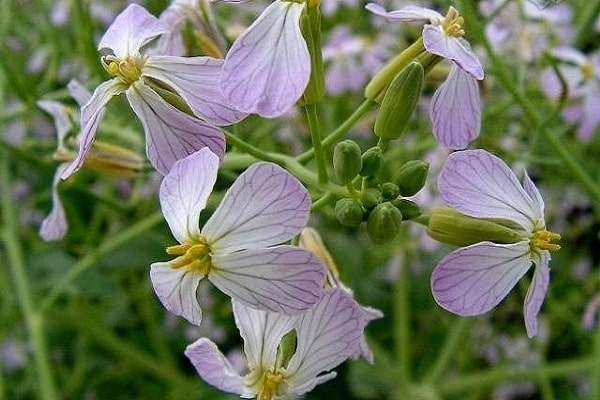
Cleaning
If the upper part of the plants reaches a great height, summer residents initially mow the greenery, after which they dig up the soil. You can also chop up the stems with a bayonet shovel. If the greens are low, then just digging is enough.
If the oil radish has overgrown, then the only solution is to place the plucked plants in a compost pit. In compost, thick stems will decompose faster in the soil.

Sideration of the soil with oil radish can be done in several ways:
- compost;
- digging the stem part;
- mulching.

The overgrown tops are cut at the root, after which they are used as fresh fertilizer. It can be used to mulch the soil, that is, to leave it on the surface of the soil, or to dig it up, having previously scattered it over the garden plot.
Digging the green manure rhizome is not recommended. This part of the plants should overwinter in the soil. Thus, the structure of the soil will be significantly improved.
